US Engineers have successfully tested a subsonic drone equipped with a rocket-like combustion engine that could reach speeds of 11,000 km/h in future commercial flights.
Venus Aerospace drone on test flight with RDRE engine. Video : Venus Aerospace
Venus Aerospace has completed a test flight of a drone equipped with a rotating-implosion rocket engine (RDRE), which helps the vehicle reach subsonic speeds. In the future, the company plans to build a super-fast commercial jet using this new engine. During the test flight on February 24, Venus Aerospace flew the 2.4-meter-long, 136-kilogram (300-pound) drone to an altitude of 3,658 meters (12,400 feet) using an Aero L-29 Delfín aircraft before deploying the vehicle and activating the RDRE, Live Science reported on April 10.
The drone flew 10 miles at Mach 0.9 (more than 711 mph), using 80 percent of the RDRE’s available thrust. The successful flight demonstrated the feasibility of the rotating-implosion rocket engine and its associated flight systems. Three weeks earlier, Venus Aerospace had demonstrated the technology’s feasibility with a long-duration burn test, in which engineers demonstrated that their engine could operate throughout the flight, with an annular chamber measuring about 10 inches in diameter and producing 1,200 pounds of thrust.
Rotating implosion rocket technology is 15 percent more efficient than conventional rocket engines, according to Venus Aerospace representatives. As a result, in theory, with the same amount of fuel, an aircraft propelled by this technology can travel farther than a conventional engine burning at constant pressure.
The successful test flight raises the possibility of hypersonic flight becoming commercially viable. One of Venus Aerospace's long-term goals is to develop a commercial hypersonic aircraft capable of traveling at Mach 9 (11,000 km/h). For comparison, the Concorde could fly at Mach 2 (2,500 km/h), while the Lockheed SR-72 prototype is expected to fly at speeds above Mach 6 (7,400 km/h). A Mach 9 vehicle could fly from London to San Francisco in an hour.
Just as the Concorde was very noisy on takeoff, the steady detonation of the RDRE would have made the aircraft extremely noisy. Unlike jet engines, which typically accelerate more smoothly, the repeated rapid acceleration cycles based on continuous detonation can put additional stress on the engine and its supporting structures.
Because RDRE has potential military applications, Venus Aerospace is collaborating with the Defense Advanced Research Projects Agency (DARPA). Now, the company plans to conduct further testing using drones. Engineers are considering mounting the RDRE engine currently flying on a larger drone that could reach Mach 5 (6,200 km/h).
An Khang (According to Live Science )
Source link


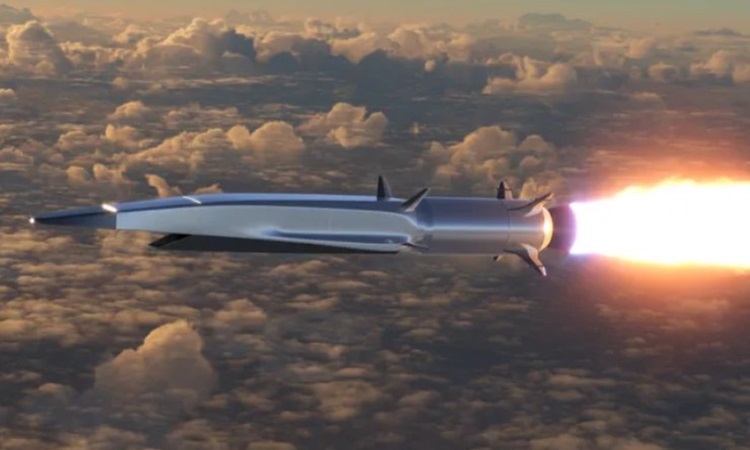

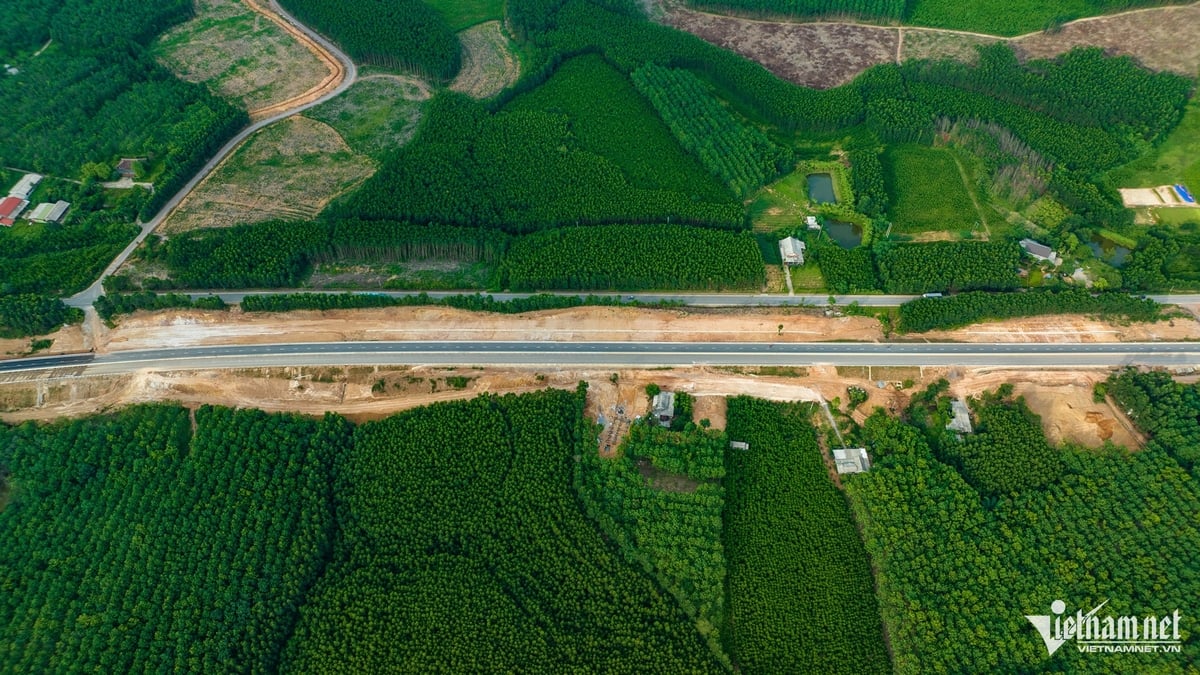








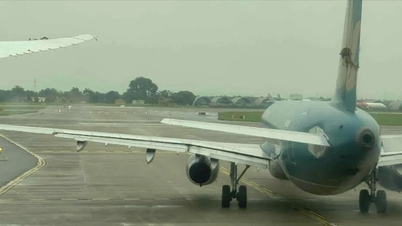












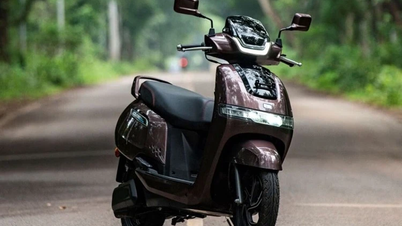
























































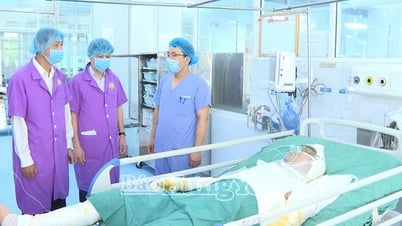

























Comment (0)